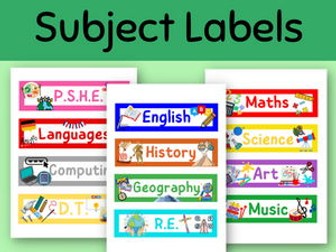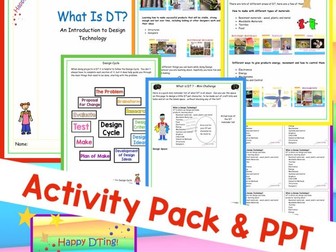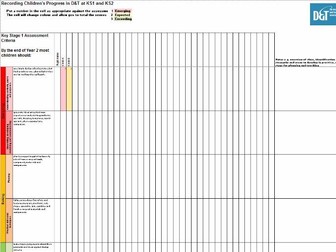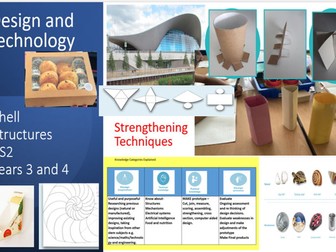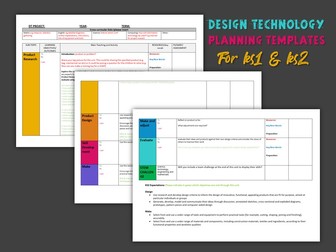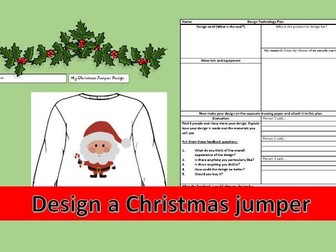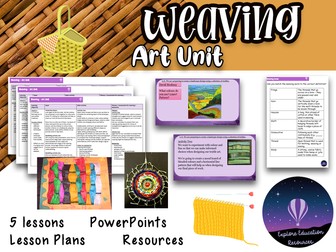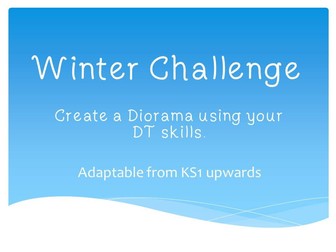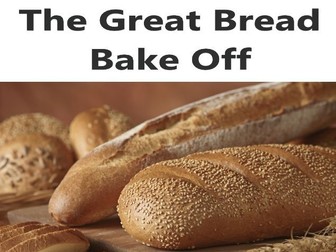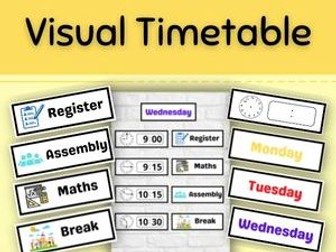
Subject Labels, School Labels, Printable, KS1, KS2
12 School Subject Labels. Digital labels for you to purchase, download and print. Once you have downloaded the file, you can then print as many copies as you’d like.
Digital downloads are quick and easy with no delivery costs.
THE WATERMARK WILL NOT BE VISIBLE ON THE PURCHASED PRODUCT
You will receive 3 A4 PDF files, each file contains 1 A4 sheet with 4 subject labels:
English,
History,
Geography,
R.E.
Maths,
Science,
Art,
Music,
P.S.H.E.
Languages
Computing
D.T.
You can print them out on label backing sheets and then cut them out, or on normal paper and stick them to anything you like, including drawers, books, folders, cupboards, etc. You can also print them on normal paper then laminate. These labels are great for organisation, especially if you’re a busy teacher and could use them as a quick and easy way to label things in your classroom.
